Growing Orchids: November in St. Augustine
If you like what you see, feel free to leave a donation; just click on the Tip Jar. Thank you!Based on AOS monthly checklists by Robert Scully and Ned Nash & James Rose, adapted to St. Augustine by local growers
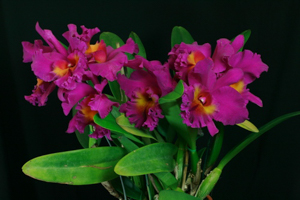
General Orchid Growing Tips
Short days and cold nights necessitate adjustments for both plants and growers. Reduce water and fertilizer gradually until you reach your winter target, about half that of the summer levels. Don't fertilize winter dormant orchids (Catasetinae, Callista and Dendrobium section Dendrobiums, Calanthes, etc.) after Thanksgiving. Prepare your plants for their winter home. Inspect them, remove dead leaves and sheaths with a sterile tool, and spray for pests if necessary. Protect them when temperatures are projected to drop below their winter minimum acceptable temperature.

Cattleyas
Retie your cattleyas to support the new growth and orient the new growth toward the sun. Bloom sheaths may be showing signs of yellowing. Autumn's more pronounced temperature fluctuation can lead to water condensation inside the sheath, hastening the normal process of senescence, so yellowing sheaths should be carefully removed to preserve the bud primordia within to prevent water condensation from rotting it. The sheaths can be safely removed by slitting open and peeling down toward the pseudobulb. New growths of Cattleya skinneri may have dried sheaths, do not remove them.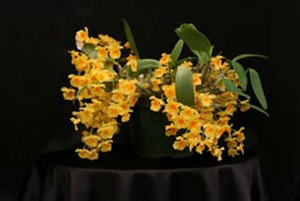
Dendrobiums
For the commonly available phalaenopsis type dendrobiums, protect them when temperatures are projected to drop down to 55 or 60 F. The winter dormant dendrobiums (nobiles, seminobiles and callista section) should be separated from your other plants so you can easily reduce the water and fertilizer they receive through Thanksgiving. Shoot for minimum temperatures of 40 F.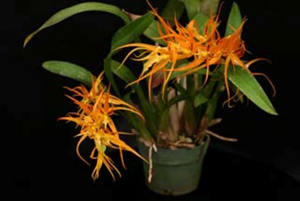
Oncidiums
This is the blooming season for the Brazilian Oncidium section crispum with their chestnut and brown and butter yellow markings. Give plants high light to produce strong upright Inflorescences. The pseudobulbs should be plump, so do not let the plants dry out while they are in bloom. Later, plants will enter a dormant period. Stake your inflorescence as the spike grows for best presentation. Protect them when temperatures are projected to drop down to 40 or 50 F.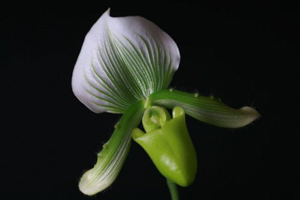
Paphiopedilums
Paphs can be potted almost year round. Examine those that flower in the summer and pot as necessary. While paphs never like to dry out entirely, this month marks the beginning of the time when growth, and hence, water and fertilizer needs slow down dramatically. Observe your plants and do not water if they are not at least partially drying out.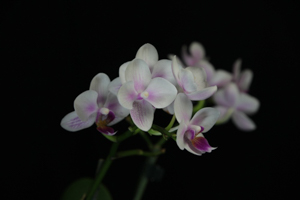
Phalaenopsis
Phals are starting to spike now. Stake the inflorescence loosely once it gets around 10 inches long about 4 inches below the growing tip and move your tie upward as the spike elongates. Remember the flower will grow toward the light. If you move the plant, the flower spike will twist seeking out the sun so you won’t get graceful pendulous blooms. Some people put a spot of nail polish on the pot so they know which direction the pot should face. Consider applying a preventative copper spray to help prevent fungal and rot problems.
